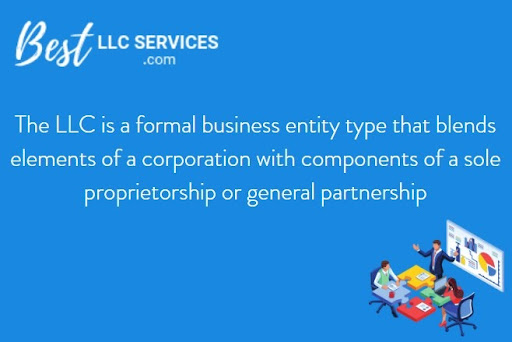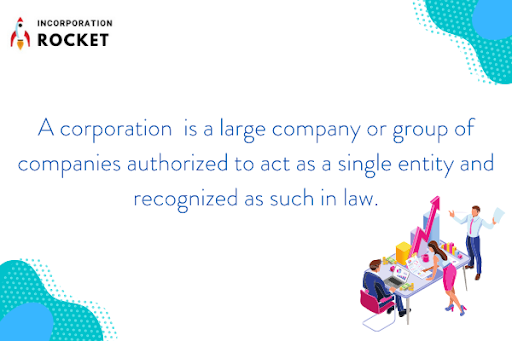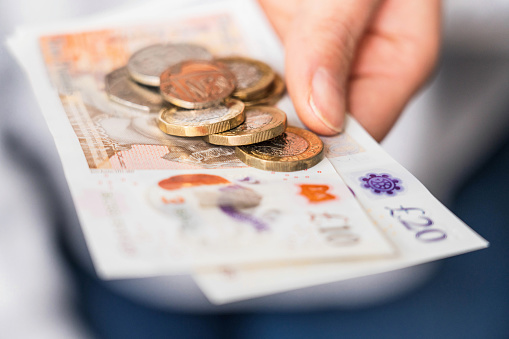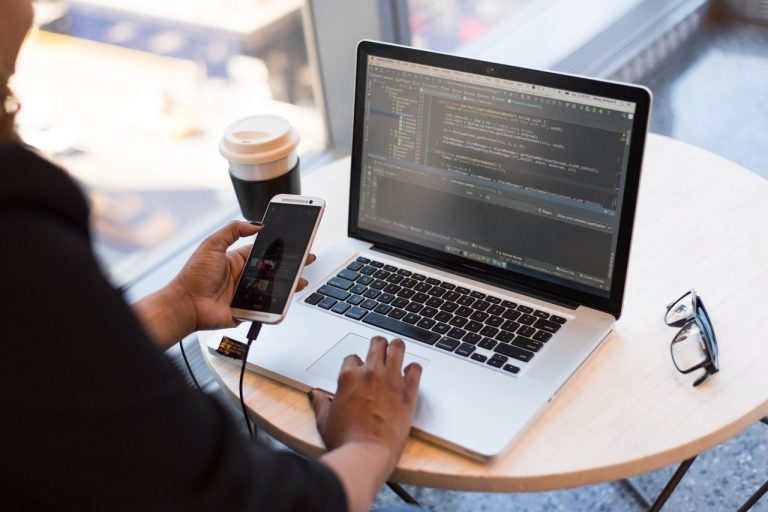Establishing a business in the US requires that a legal entity be chosen. There are five options available to prospective entrepreneurs: limited liability corporations (LLCs), corporations, S corporations, general partnerships and sole proprietorships. Each of these business structures has their own individual pros and cons that make them favourable for different situations.
That being said, for most entrepreneurs the most viable option available to them is to register their company as an LLC. Such a structure exists as a separate legal entity to its owners, meaning they cannot be held personally liable for the LLC’s debts or legal liabilities. On top of this, LLCs benefit from pass-through tax deduction as they are not subject to ‘double taxation’. Services such as ZenBusiness and Incfile can help prospective entrepreneurs get their LLC set up quickly and cheaply.
ZenBusiness
ZenBusiness makes the process of filing for an LLC far easier and cheaper for entrepreneurs. With ZenBusiness, small businesses can prepare and file their own formation documents, eliminating the need to involve lawyers or other expensive professionals to complete the work.
It can be extremely difficult to pursue the Do-It-Yourself route and carry out the multitude of legal steps necessary to start a business, if not only due to the mere number of tasks, but the sheer difficulty involved in all of them. This is especially true when considering the requirements of each state vary, in terms of business licenses, requirements and forms.
This means that going it alone necessitates a laser focus on attention to detail, and therefore a significant amount of time in order to devote this attention (each state can take a long while to approve an applicant’s formation documents on top of this as well, bear in mind).
ZenBusiness makes this whole process of monitoring these tasks, as well as many others one will be faced with as a business grows, infinitely easier. Features vary depending on the pricing plan selected, but some of ZenBusiness’s most notable services include: a name availability search, registered agent services, DBA registration, operating agreements and understanding the changing requirements of state compliance.
Incfile
Incfile provides a very comparable service to ZenBusiness, but is renowned in the industry for offering it at an economical price, one of the most affordable available in fact. Included in all of its packages, which start at $0 plus the state fee, is a full year of registered agent service for free – after this it can be included in the package for an annual fee of $119, which is still cheaper than most.
Another strong benefit of using Incfile is that they offer unlimited support, by either email or phone, and provide a tool for tracking an order in real time – this tracker provides information on the order right up until the completed documentation is delivered to a customer.
Furthermore, Incfile includes many other features that makes its service extremely convenient and useful. For example, they offer the ability for their customers to store their formation documents online, in addition to a dashboard that can be found in the same place to keep an eye on deadlines and reminders relating to compliance.
Final Comment
On balance, ZenBusiness and Incfile are both useful services that allow business owners to enter the US market by establishing their business as an LLC. This business structure in particular is extremely advantageous for any new business as owners benefit from reduced taxation since they do not have to pay taxes on the business profits in addition to their personal income, only the latter. Add onto this that business liability is treated as distinct from that of its owners, and becoming an LLC can really help people enter the US market.
In this way, ZenBusiness and Incfile are useful for this purpose as they make the process of becoming an LLC much simpler and cheaper. While it is possible for business owners to apply for LLC status by themselves, the process is extremely technical and difficult so it is advised against.
To read more about this topic, the aforementioned link will take you to a website where the features and advantages of each will be discussed in more depth.












 Bitcoin
Bitcoin  Ethereum
Ethereum  Tether
Tether  XRP
XRP  USDC
USDC  Wrapped SOL
Wrapped SOL  TRON
TRON  Lido Staked Ether
Lido Staked Ether  Cardano
Cardano  Avalanche
Avalanche  Toncoin
Toncoin